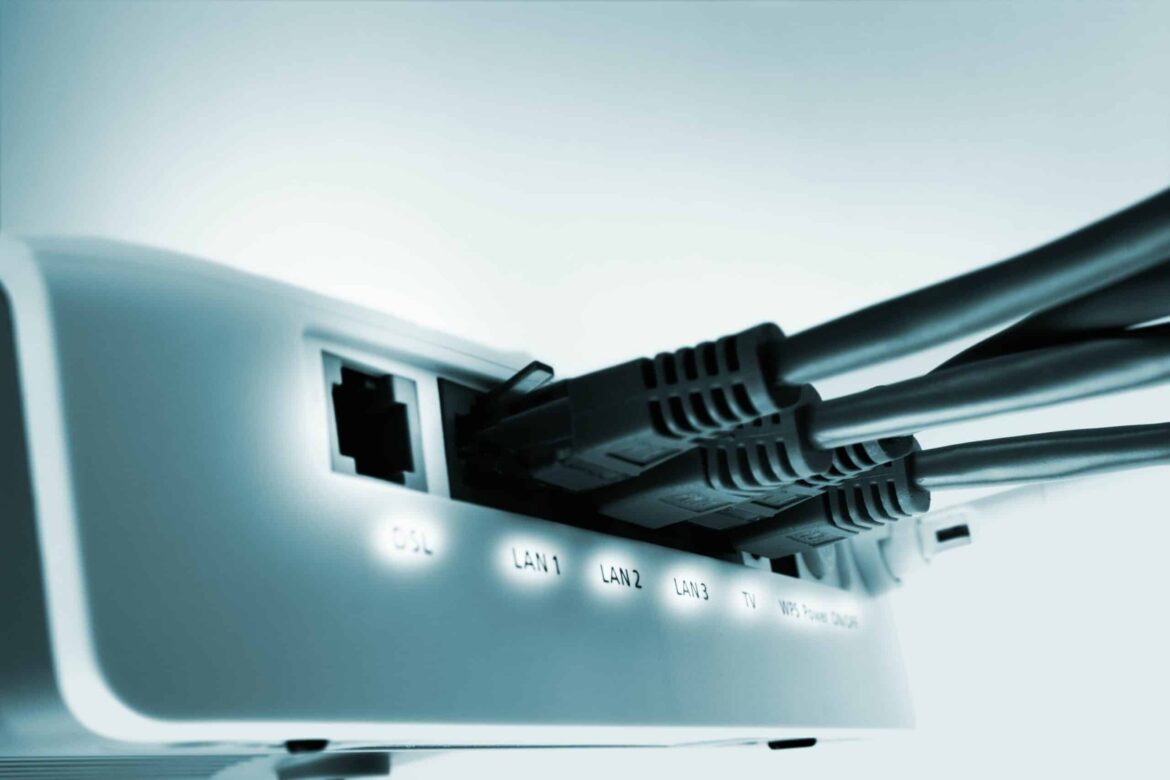1.8K
We tell you what “DSL” means and what it has to do with the speed of your Internet connection. We’ll also introduce you to different variations of DSL.
DSL – what is it?
- The abbreviation DSL stands for “Digital Subscriber Line”. It is a technical standard for the transmission of data.
- Every household can get internet and telephone via a subscriber line. If you are connected via a DSL line, you can surf the Internet much faster than via an ISDN line or a modem.
- The DSL line consists of a copper cable on which high and low frequencies are transmitted. The telephone connection is operated on a small range of the low frequencies, and the rest of the bandwidth is used for the Internet.
Various DSL variants and their specific characteristics
There are different DSL variants, each offering different transmission technologies and speeds.
- ADSL (Asymmetric DSL): ADSL is the most common variant of DSL. As the name suggests, data transmission is asymmetric, i.e. upload and download take place at different transmission rates. This is sufficient for most private internet users, as more data is usually downloaded than uploaded. ADSL offers a good cost/performance ratio and is well suited for tasks such as surfing the internet, e-mail and video streaming.
- SDSL (Symmetric DSL): Unlike ADSL, SDSL allows symmetrical data transmission, with uploads and downloads at the same speed. SDSL is particularly interesting for companies and users who need a constantly high bandwidth for uploads and downloads. It is particularly suitable for applications such as VoIP (Voice over IP), video conferencing and the operation of servers.
- HDSL (High Bitrate DSL): HDSL is a DSL variant that offers a high data transmission rate. Compared to ADSL and SDSL, HDSL achieves higher speeds and is therefore suitable for demanding applications such as use in companies or organisations that need to transmit large amounts of data. HDSL enables symmetrical transmission rates of up to several megabits per second.
- VDSL (Very High Speed DSL): VDSL is an advanced DSL variant that offers even higher speeds than ADSL. With transmission rates of up to 100 Mbit/s, VDSL is currently the fastest DSL variant. VDSL is especially interesting for users who want to download large amounts of data, play online games or stream HD videos. Due to its high bandwidth, VDSL offers a very reliable and fast internet connection.

